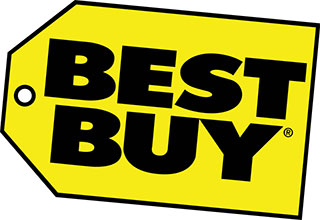
“We don’t want anybody confused,” insists Best Buy spokeswoman Dawn Bryant. She says the company didn’t learn about the two-prices problem until the lawsuit. She notes that the in-store information kiosks now carry a disclaimer warning shoppers that “the prices may not reflect what they saw on BestBuy.com.” Why doesn’t Best Buy just use its tech savvy as the nation’s largest consumer-electronics dealer and display its real-world website on its stores’ kiosks? “I don’t have an answer for that,” admits Bryant. “I wish I did.”
So how can a Best Buy shopper be sure she’s getting the lowest price possible? “We are training our employees better so that they know how to do the appropriate price matches,” explains Bryant. Just in case, you might want to arrive at your local Best Buy armed with a printout from the real BestBuy.com.
















